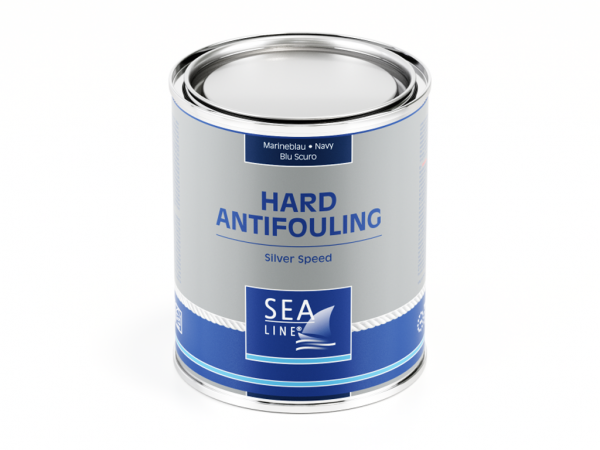
Use biocides safely. Always read the label and product information before use.
| Type | GRP laminates, wood, aluminium, steel | |||||
| Place | Below waterline | |||||
| Function | Antifouling paint discourages the growth of barnacles, weed, and other water life on the submersed hull of the boat. | |||||
| Application | brush, roll, airless spray gun (only professional) | |||||
| Thinning * | No recommended | |||||
| Theoretical coverage For 1l | by roller | by spray | ||||
| 9 ~ 10 m² | 3 ~ 5 m² | |||||
| Coat thickness (WTF) | 98 μm | 196 μm | ||||
| Finish thickness (DTF) | 50 μm | 100 μm | ||||
| Coats number | 2 | 1 | ||||
| Recommended dry layer | 100 μm | |||||
| Hardening the surfaces | 23ºC | 15ºC | ||||
| Touch dry | 30 minutes | 45 minutes | ||||
| Immersion: | 8 hours | 12 hours | ||||
| Dry to recoat (overcoating) | min. 6 hours | min. 10 hours | ||||
| Dry to launch (immersion times) | max 6 months | max 6 months | ||||
| Pack | 0,75 l | 2,5 l | ||||
| Color ** | code | code | ||||
| red navy black | 300008382 300008384 300008386 | 300008381 300008383 300008385 | ||||
In the case of high temperatures and the need to thin the antifouling paint, a maximum dilution of 0-5% (by volume) is recommended.
Dilution and the application method directly affect the thickness of the antifouling paint layer.
Special attention should be paid to obtaining a specific coating thickness (100 μm DTF), which ensures the effective operation of the antifouling paint.
Exposure of a freshly applied antifouling paint to moist air can lead to color change.
The discoloration is only superficial and does not affect the effectiveness of the antifouling paint.
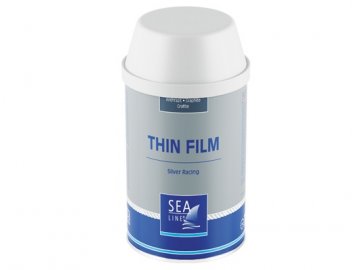
THIN FILM Silver Racing is a hard antifouling paint, effectively preventing fouling organism: aquatic plants and animals or slime. Ideal […]
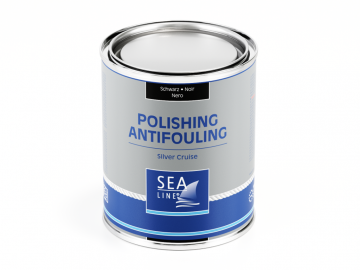
Silver Cruise Polishing Antifouling it’s effectively preventing fouling organism: aquatic plants and animals or slime. Ideal paint for professional and […]
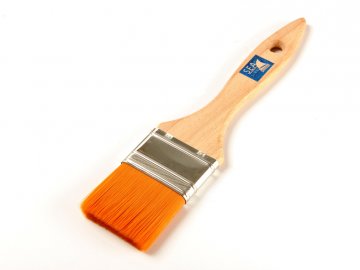
PENNELLO PROFESSIONALE Sea-Line® PENNELLO Sea-Line® RULLI Sea-Line® IMPUGNATURA PER RULLI Sea-Line® VASCHETTA PLASTICA Sea-Line® STECCA PER MISCELARE Sea-Line® TAZZE GRADUATE […]
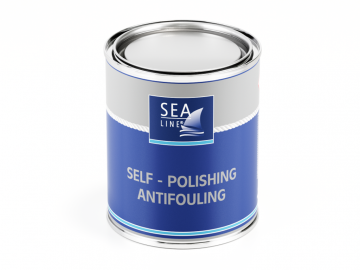
Suitable for salty and regular water. Suitable for sailing and motor boats traveling with a maximum speed 40 knots. For […]
We recommend to always sand the surface between applying two different products to ensure uniform surface roughness and adhesion of subsequent layers. The sanded surface should also be cleaned and degreased.

Il patch e compensare le irregolarità derivanti da danni durante la produzione

Barca protezione superficiale contro l’influenza di azioni distruttive di osmosi e la corrosione in ambienti difficili

Protezione contro l’acqua e contro gli effetti negativi delle radiazioni UV

Proteggere la parte inferiore della barca prima-tedesco ricoperta di alghe e conchiglie. La prevenzione dell’azione di acqua.

Rimozione efficace di ritenzione graffi, di aggiornamento e il colore del mantello gel o lacca

Laminazione, incollaggio e tappatura perdite

Per il riempimento di piccole fessure e ubyt gemme in gelcoat

Una gamma di prodotti utili quando si lavora costruttore di barche